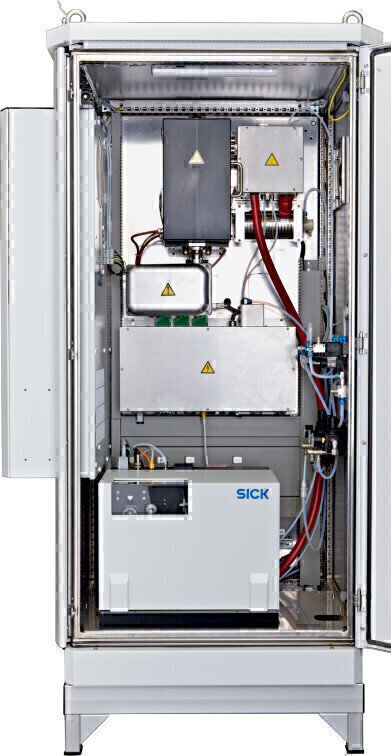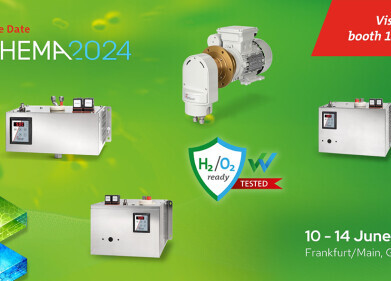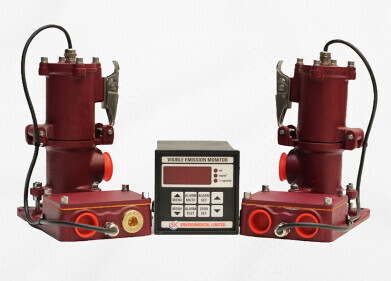Air Monitoring
Innovative Mercury Measurement in Flue Gas
Jun 30 2012
Just traces of mercury can cause serious poisoning. Even at room temperature, mercury vaporises in noticeable quantities and in this state, it is significantly more toxic than in liquid or solid form. It is no wonder, then, that mercury is subject to strict monitoring in the flue gas of incineration plants and cement kilns. Complying with emission standards in the μg range is obligatory. Therefore, measuring devices must be extremely sensitive and ultra precise. Featuring patented direct measurement, the MERCEM300Z from SICK (Germany) is a high-performance mercury analyser that delivers reliable measurement values of both elemental and chemically bound Hg in gases.
The release of gaseous mercury is not restricted to fossil fuels. Waste incineration plants or crematoria in particular warrant special attention paid to batteries, semi-conductors, or fillings. The maximum values permitted in Europe are stipulated in the 2000/76/EC WID directive. However, industrial operations worldwide are also standing up to their responsibility.
A number of mercury analysers are available on the market, but none can do what the MERCEM300Z can: measure mercury in flue gases quickly and reliably without external conversion – down to the smallest certified measuring range from 0 to 10 μg/m3. This constitutes concentration variable significantly below the emission concentrations of SO2, NOX, or dust common otherwise. This measuring quality, connected with a concurrently unique maintenance interval of three months, simplifies continuous monitoring even further, making the MERCEM300Z a superior mercury analysing system.
The MERCEM300Z combines thermal conversion at high temperatures and the Zeeman AAS analysis in a single, easy-to-use analyser. Hg measurement directly in the hot cell is patented and licensed exclusively for the MERCEM300Z from SICK. The direct measurement detects even the minutest concentrations of Hg directly in the hot converter. No chemical conversion, no particulate converter, no gas cooling that may distort the measurement result – and on top of that, due to the Zeeman AAS analysis, the measurement is unaffected by interfering components in the gas stream.
Overall, thermal conversion at temperatures of about 1,000°C and detection of Hg directly after conversion within the undiluted sample provide the most accurate results while requiring the least expense and effort. Several test installations in Europe and in the USA have confirmed this assessment several times already.
Digital Edition
IET 34.2 March 2024
April 2024
Gas Detection - Biogas batch fermentation system for laboratory use with automatic gas analysis in real time Water/Wastewater - Upcycling sensors for sustainable nature management - Prist...
View all digital editions
Events
May 05 2024 Seville, Spain
May 06 2024 Minneapolis, MN, USA
May 13 2024 Munich, Germany
May 15 2024 Lund, Sweden
May 15 2024 Frankurt-am-Main, Germany


















